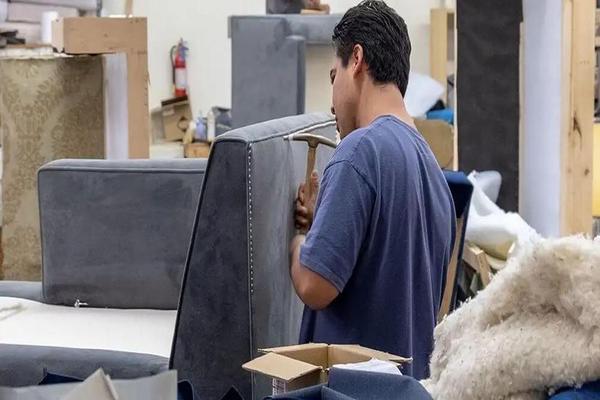
Tactics of foam filling
Foam filling is a versatile process that can be used in a variety of applications, from filling gaps and cracks to insulating walls and roofs. There are different types of foam with varying properties and applications. Make sure the surface you are filling is clean, dry, and free from debris. This will ensure that the foam adheres properly and does not create any air pockets. It is best to apply foam in layers to allow each layer to cure before applying the next. This will help ensure that the foam cures properly and does not shrink or expand. A foam filling gun or dispenser can help you apply the foam evenly and with greater precision. It can also help you reach tight spaces and corners. Use foam filling to fill gaps and cracks in walls, floors, and ceilings. This will help prevent air leakage and improve insulation. Once the foam has cured, trim any excess foam with a utility knife or saw. This will give the surface a clean, even finish. Foam filling can be messy and potentially harmful if it comes into contact with your skin or eyes.
Simple Things to Save Time With foam filling
Foam filling can be a time-consuming process, but there are some simple things you can do to save time: Before you begin foam filling, make sure the area is clean and dry. Remove any debris or loose materials that may interfere with the foam’s adhesion. Choose foam that is appropriate for your application. There are different types of foam with different properties, so be sure to select the right one for your project. Take accurate measurements of the area you need to fill, and cut the foam to size before applying it. This will help you avoid having to trim excess foam later. If you need to fill a large area, consider applying the foam in layers rather than trying to fill it all at once. This will allow each layer to cure properly and ensure a more even distribution of foam. Foam can be messy and potentially harmful if it comes into contact with your skin or eyes. Wear gloves, goggles, and a respirator when working with foam.
Need More Inspiration with foam filling
Foam filling can be a versatile and creative process that can be used in many different applications. Use foam filling to create custom cushions for chairs, benches, or even outdoor furniture. This can help you achieve a perfect fit and comfortable seating. Use foam filling to insulate walls, ceilings, and floors. This will help keep your home warm in the winter and cool in the summer while reducing energy costs. Use foam filling to fill gaps and cracks in doors and windows. This will help prevent air leakage, improve insulation, and reduce outside noise. Use foam filling to soundproof walls, floors, and ceilings. This can help reduce noise pollution and create a quieter environment for work or relaxation. Use foam filling to create custom packaging for delicate or fragile items. This will help protect them during shipping and handling.
